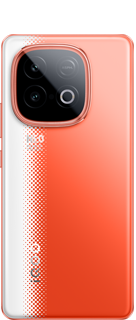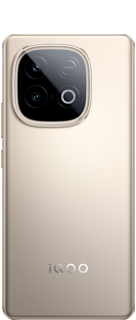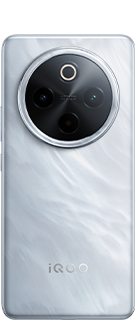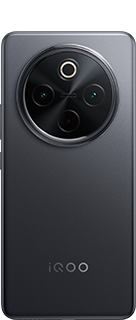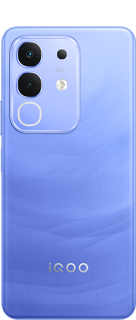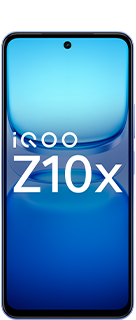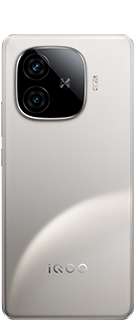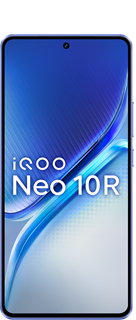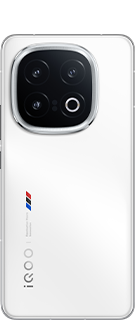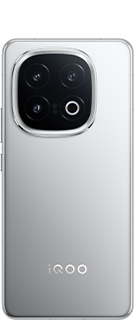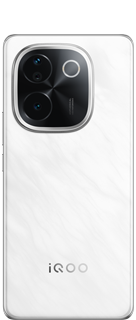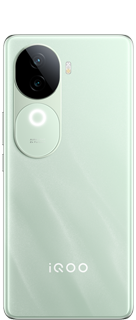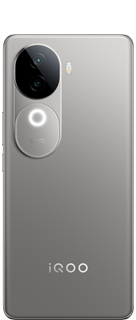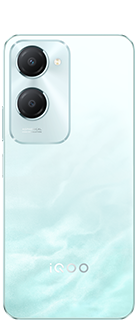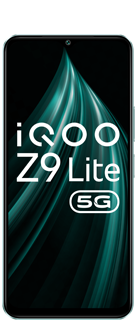Unlock the Secrets of Human Vision: Beyond Pixels and Into Perception

The human eye doesn't have "pixels" in the same way digital cameras do, but it does have photoreceptor cells (rods and cones) that detect light and color. Here's a detailed breakdown:
Photoreceptors
1. Cones:
Responsible for color vision and work best in bright light. There are about 6-7 million cones in the human retina.
- Types of Cones: There are three types, each sensitive to different wavelengths of light (red, green, and blue).
2. Rods:
More numerous than cones (about 120 million in the retina) and are highly sensitive to light but do not detect color. They are crucial for night vision.

Visual Acuity and Resolution:
- The human eye's resolution is often compared to the pixel resolution of digital cameras. In terms of visual acuity:
- The fovea (central part of the retina) is where vision is sharpest and can be roughly equated to a 576 megapixel camera in terms of detail detection under ideal conditions.
- However, this is not a straightforward comparison, as the brain processes visual information in a highly complex manner, combining inputs from both eyes and interpreting signals in a way that surpasses simple pixel counts.
Field of View:
- The human eye has a wide field of view, approximately 120 degrees vertically and nearly 200 degrees horizontally when considering both eyes.

Information Processing:
- The eye captures light and converts it into electrical signals, which are sent to the brain via the optic nerve.
- The brain processes these signals in the visual cortex, integrating them with other sensory inputs and prior knowledge to produce the experience of vision.
Dynamic Range:
- The human eye can adapt to a vast range of lighting conditions, from very dim (starlight) to very bright (sunlight), giving it a dynamic range far superior to most cameras.
In summary, while the human eye's "pixel" analogy helps to understand its resolution capability, the eye and brain's combined processing power far exceeds that of current digital imaging technology in many ways, especially in terms of dynamic range, depth perception, and adaptability
Please sign in
Login and share
